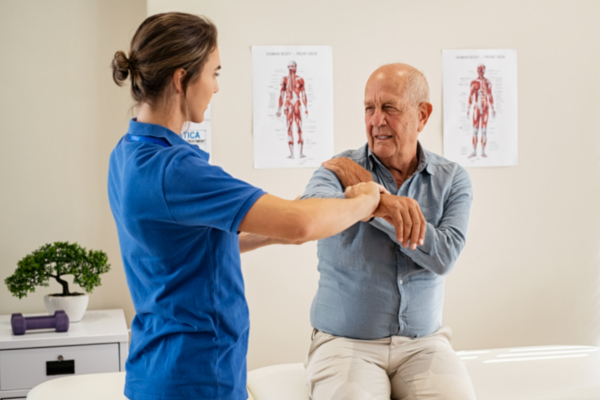Exploring the Effect of Manual Treatment Methods on Alleviating Muscle and Joint Discomfort and Enhancing Client Outcomes
Exploring the Effect of Manual Treatment Methods on Alleviating Muscle and Joint Discomfort and Enhancing Client Outcomes
Blog Article
Manual treatment methods are hands-on methods used by medical professionals to treat muscle and joint pain. Such techniques include various types of manipulation and movement of the human muscles and articulations. The goal of hands-on therapy is to alleviate pain, enhance movement, and enhance overall performance. Many individuals suffer from musculoskeletal discomfort due to injuries, suboptimal posture, or disorders like arthritis. By applying hands-on treatment, therapists aim to address these issues and help clients regain their standard of life.
One common hands-on treatment method is vertebral manipulation. This method involves using precise force to the spine to improve positioning and reduce pain. Studies has demonstrated that vertebral manipulation can be beneficial in managing lumbar back pain and neck discomfort. Another method is gentle connective tissue manipulation, which concentrates on reducing tightness in the muscles and connective tissues. This can help alleviate rigidity and enhance range of motion, making it easier for patients to navigate without discomfort. Both methods can be tailored to meet the specific requirements of each patient, ensuring a custom approach to treatment.
In addition to discomfort alleviation, hands-on therapy can enhance patient results in multiple ways. For instance, it can boost circulation, which helps supply nutrients and nutrients to the injured areas of the system. Better blood flow can also promote healing and alleviate swelling. Furthermore, manual treatment can help clients develop enhanced body consciousness, which is essential for avoiding future injuries. By understanding how their physiques move, clients can make more knowledgeable choices about their movements and posture, leading to sustained benefits.
The efficacy of manual therapy is often backed by patient feedback. Numerous individuals indicate significant gains in their pain levels and overall function after receiving care. This favorable response can lead to greater drive for patients to participate in physical exercise and recovery exercises. When clients feel improved, they are much likely to engage in their recovery journey, which can further enhance their outcomes. This cooperative approach between the therapist and the patient is crucial for attaining enduring results.
In conclusion, manual therapy techniques play a vital role in alleviating muscle and joint discomfort and enhancing client outcomes. By using methods such as vertebral adjustment and soft tissue mobilization, healthcare professionals can help patients recover movement and reduce pain. The advantages get redirected here of hands-on therapy extend further than immediate discomfort alleviation, as it also promotes healing and motivates patients to take an active role in their rehabilitation. As an increasing number of individuals look for effective treatments for muscle and joint concerns, manual therapy remains to be an important option in the realm of healthcare.